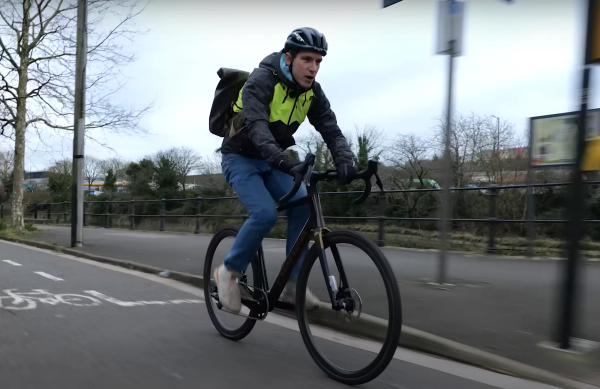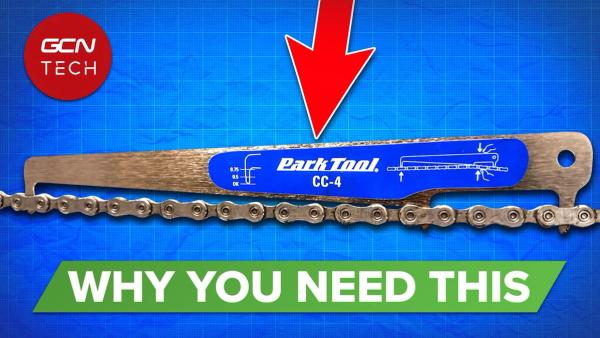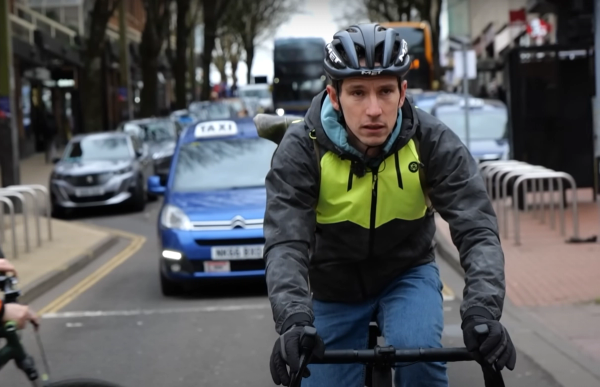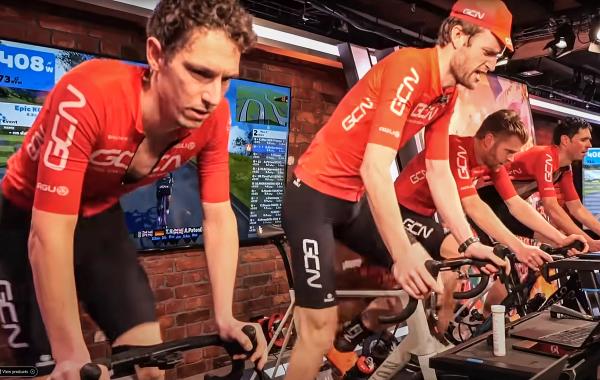Seven tips to take you from amateur to accomplished cyclist
There are some things in our riding that are inadvertently holding us back from unlocking our full potential out on the road. Here are seven tips to transform your riding
Alex Hunt
Junior Tech Writer
As cyclists get more experienced, they pick up a whole load of helpful tips and tricks that make riding a bike easier and more efficient. Individually, they might seem subtle, but all those small changes and improvements make a big difference to your riding.
If you want to step up your riding without necessarily getting any fitter, read on. Here are seven tips from Conor and Hank as they look at seven things that you can do to take your riding from amateur to accomplished.
Read more:
Change gears methodically uphill
Riding up hills is tough, no one is debating that. But there are a few things you can do to make them that little bit more manageable. When approaching a hill, be aware of your cadence (the speed you are pedalling) as the gradient increases and your speed drops.
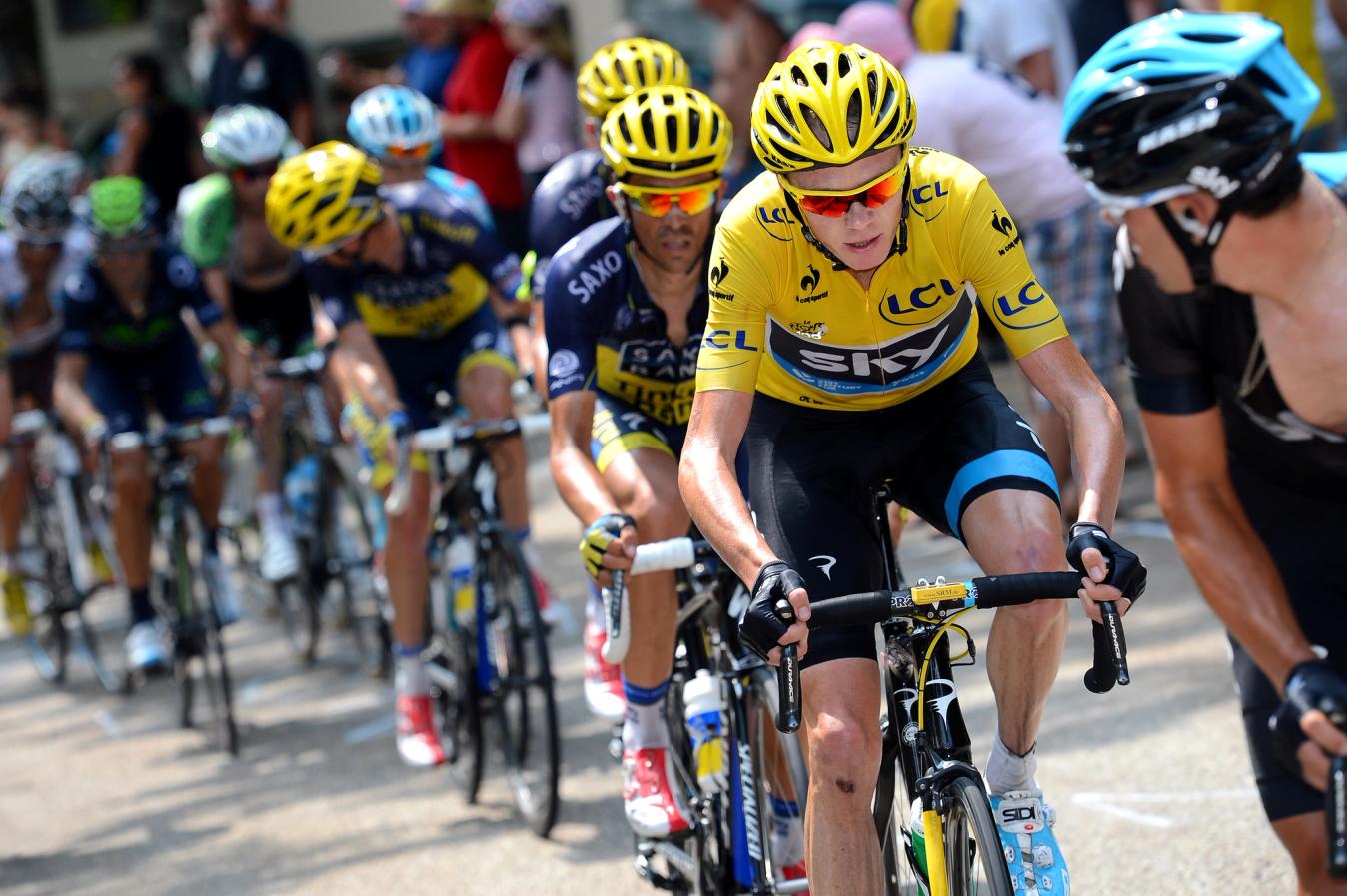
© Velo Collection (TDW) / Getty Images
Chris Froome was well known for riding at higher cadences rather than grinding up climbs.
You want to try and keep your cadence relatively fixed. This means progressively working your way down the gears rather than making one massive gear change from your hardest gear to the easiest. By gradually changing down the gears and pre-empting the need to change down, you will keep your cadence within a comfortable range and stay in control of the climb.
Make quick stops on a climb
Sometimes during a ride, you need to stop, whether that's to adjust your clothing, grab some food from your jersey, or anything else. When riding with a group, you need to choose where you stop carefully to avoid holding up the group too much.
In these situations, it's best to stop during a climb. This is because the group will be travelling at a slower speed, so stopping will take less time and keeping the group in sight will be far more likely. Plus, by stopping on a climb, you'll be wasting far less momentum than on a flat or descent.
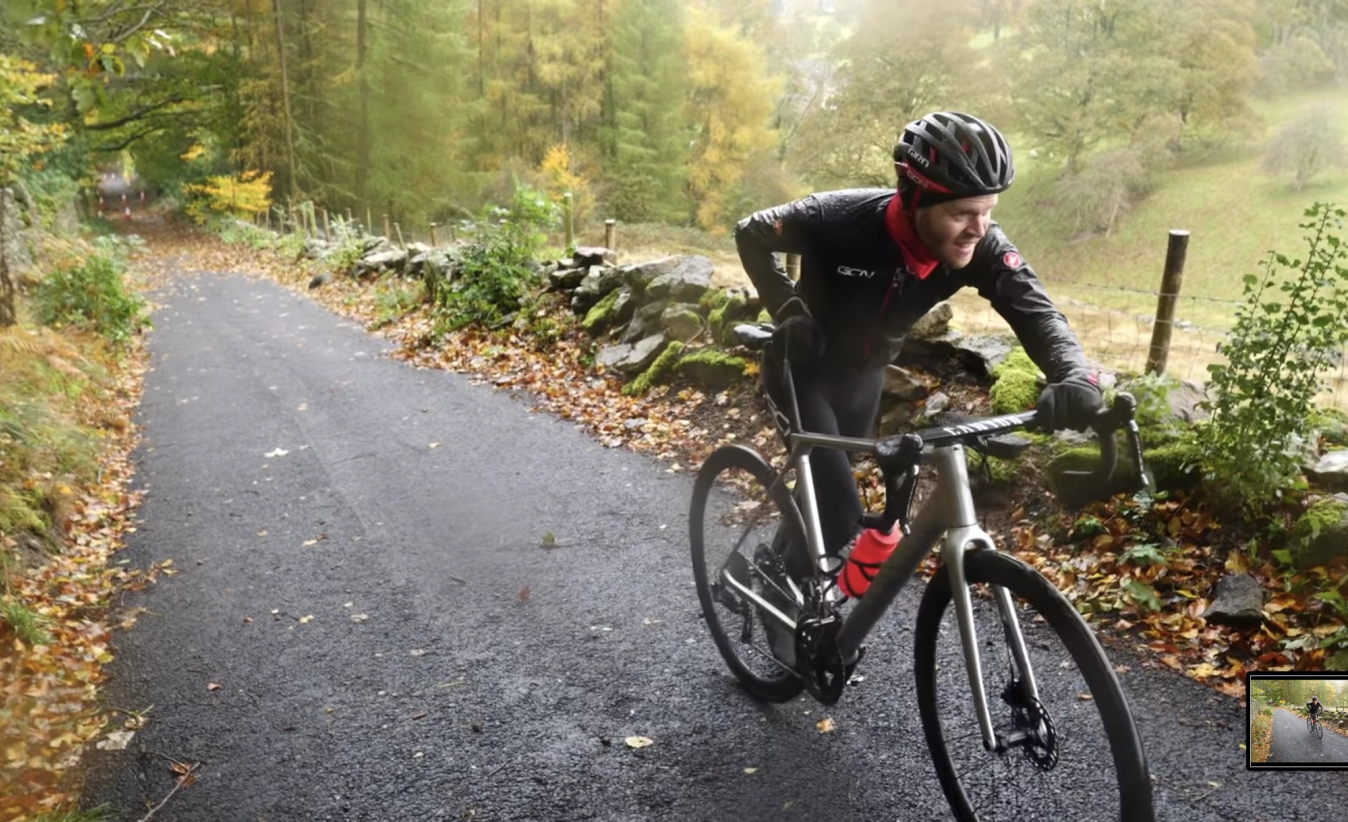
© GCN
Choosing the right place to stop can be a real advantage to getting going again or catching back up to the group.
When it comes to choosing your moment on the climb, it's best to stop beyond any really steep sections. On the toughest pinches on a climb, it can be difficult to remount and get going again. Choose a steady section of climb, where you know you'll have no trouble setting off from.
Work with the wind, wherever it comes from
Riding in a group is great fun and the best way to save energy whilst riding. Sharing the work in a group means that only the riders at the front are taking the full force of the wind, sheltering the others behind them.
One thing that can really elevate your riding is being dynamic with your group placement. Sometimes riding directly inline behind one another is not actually the most effective place to position yourself.

© Velo Collection (TDW) / Getty Images
Using a formation known as an echelon is a far more effective riding position to save energy in a crosswind.
In a strong crosswind, the air resistance from riding forward combines with the wind coming across the group. As a result, the apparent wind comes diagonally towards you. In this situation, the best place to position yourself is behind and to the side of the rider in front of you, using their body as a windbreak. By offsetting your position to the side, this will allow you to get the most benefit from the other riders during a crosswind. Of course, make sure the road is clear and safe before you do this, as you'll take up far more room on the road than you would in a normal paceline.
Read more: How to ride in a paceline
Brake before corners
Cornering at speed can be quite a daunting skill to learn in cycling. It involves trusting the tyres and trusting your ability to shift your weight to the inside. Doing it correctly can elevate your riding by giving you a sense of flow and momentum, and by letting you go faster on flat roads or descents. Perhaps the best way to enhance your cornering skills is to do all the braking you need to do before you reach the corner.
When you apply your brakes in a corner it causes a weight shift and decreases the available grip in the tyres. Both of these things can upset your balance.
Instead, brake early, and enter the bends at the speed you think you can get around the corner. You might have to do a little bit of trail braking trough the bend, but the vast majority should be taken care of before you lean the bike into the corner.
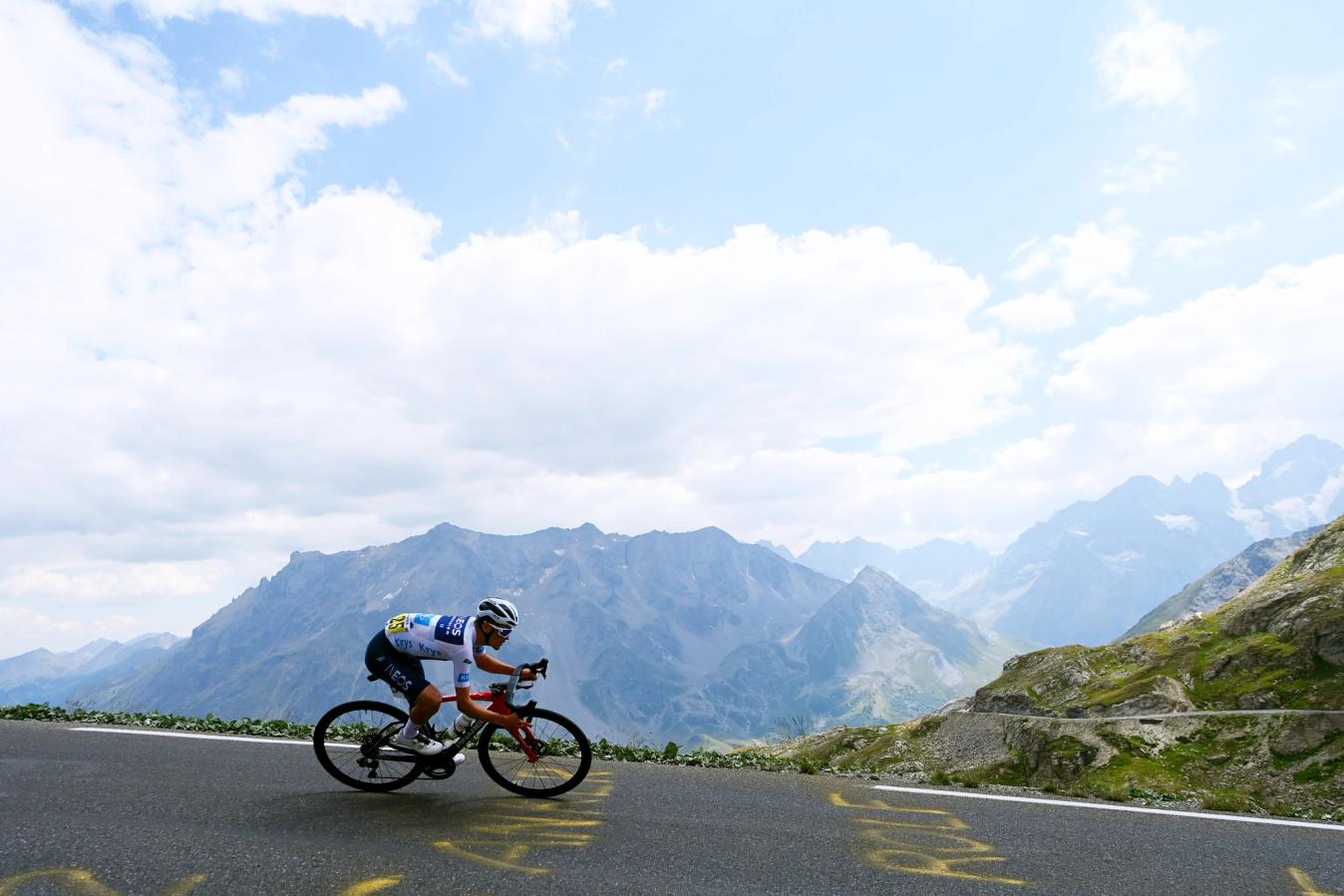
© Velo Collection (TDW) / Getty Images
Tom Pidcock is well known for his daredevil descending, to corner faster try braking before the start of the corner.
To master this, keep your eyes on the road ahead, so you can analyse the corners far ahead of you. It'll give you time to check your speed, move your weight on the bike and position yourself on the road.
Get out of the saddle in a controlled way
Getting out of the saddle and dancing on the pedals can engage new muscles, give your body and undercarriage a break, and give you a quick burts of extra power.
But when riding in a group, be sure to control your bike and body fully when you jump out of the saddle.
It's easy to accidentally thrust the bike backwards a little when getting out of the saddle. Typically when you jump out of the saddle, your body will shift forward over the bars and you bike will move backwards to compensate.
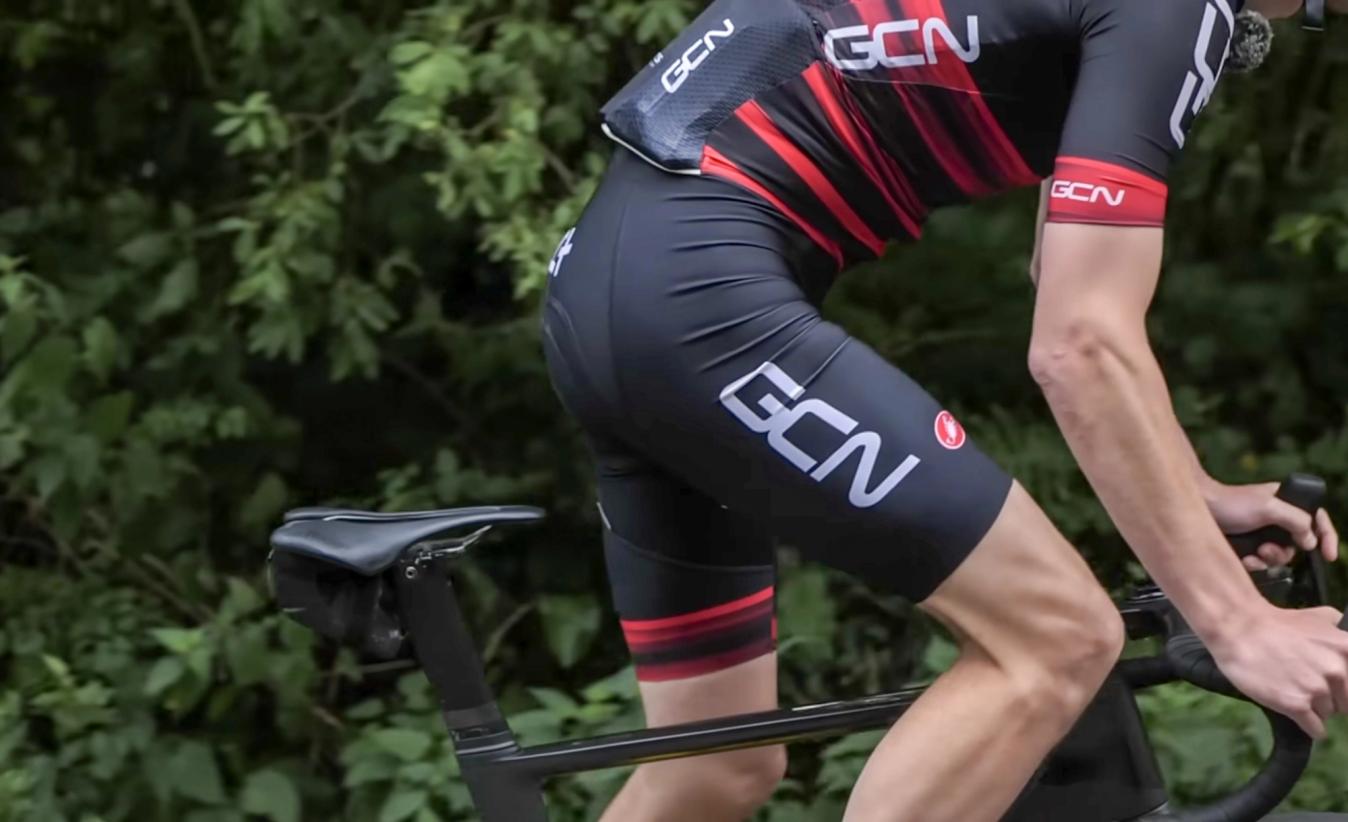
© GCN
Jumping out of the saddle can send your bike in to the rider behind working on keeping the bike underneath you will prevent this from happening.
This is no problem if you're riding alone. However, if you're in a group, with other riders close behind you, it could cause a nasty surprise.
To counteract this, change up a gear or two before getting out of the saddle, and apply a little bit more pressure on the pedals for those first few strokes. This will keep the bike from getting sent backwards. By doing this you will keep the flow of the group, and the trust of your riding buddies.
Use momentum to your advantage

© GCN
Put in a dash of power to get momentum for upcoming rollers
The trick to riding faster and further for the same energy is riding smart, and besides staying out of the wind, the best thing to do is to use your momentum carefully.
Any time you brake and slow the bike down, you're losing energy, and it'll take a big input to get the bike back up to speed again. By looking ahead and analysing how much speed you can carry through a turn, and only braking as much as necessary, you'll prevent the need for these spikes in acceleration. Looking at braking with purpose rather than out of habit is a great way to address this potential issue.
The same applies on rolling terrain. Use the momentum of a downhill to carry you up and over the next little roller. When you're rolling towardss a small hill, it's a great time to build up a bit more speed so you hit the climb with momentum on your side.
Keeping your recovery topped up
If you feel like you have hit a plateau in you training and don’t think you are making the steady progress you once were, you could be guilty of riding too hard.
Cycling is an endurance sport and it relies on a strong cardiovascular system for those long hours in the saddle. What is important to remember is that easy rides should remain just that, a typical zone 2 ride should be at a conversational pace.
As we learnt in an interview with Tadej Pogačar's coach, Iñigo San Millán, lower-intensity riding is the way to build peak fitness.
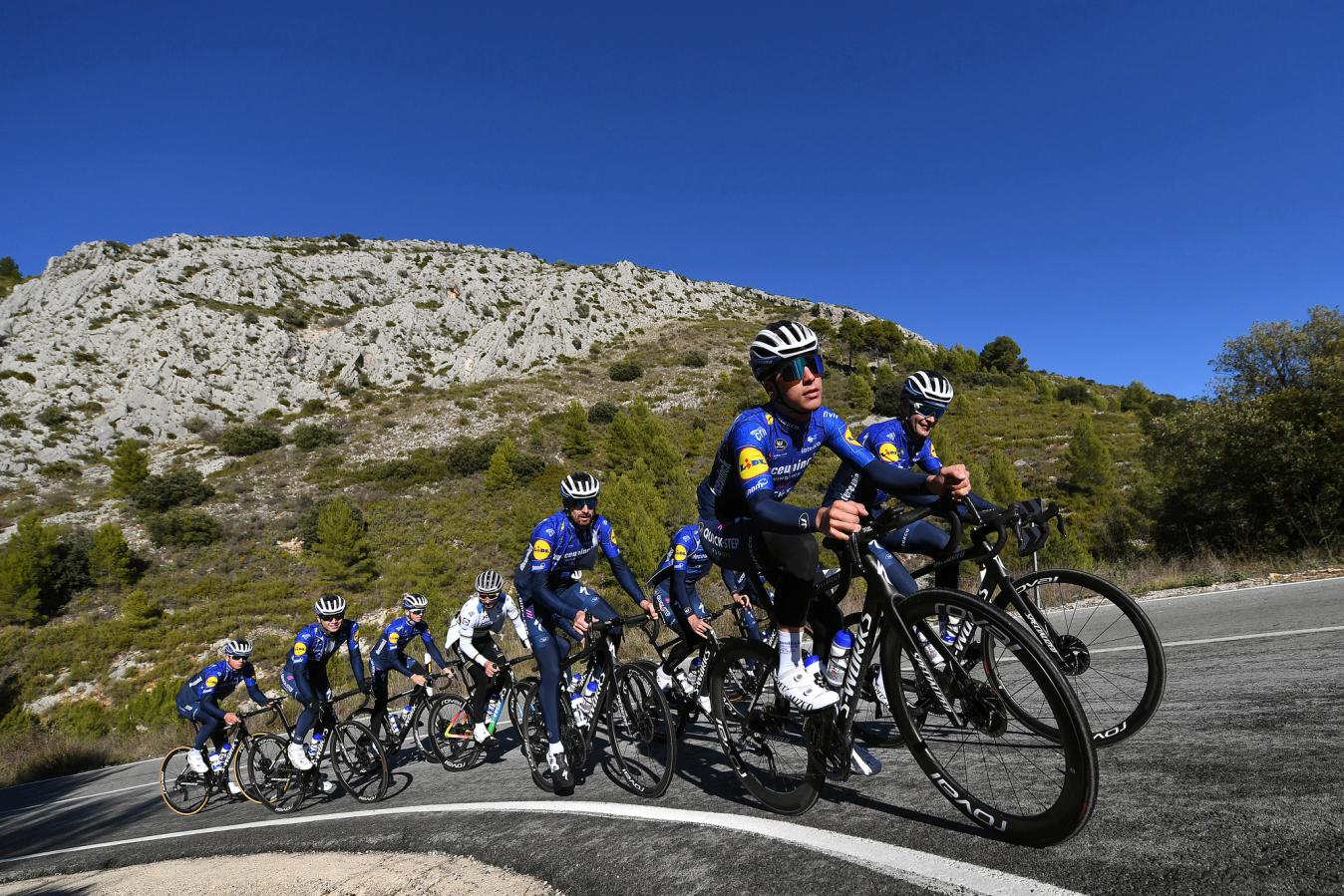
© Velo Collection (TDW) / Getty Images
Riding at lower intensities will build your aerobic capabilitiies allowing you to ride for longer and faster.
If you are finding you can only get a few words out at a time it might be that you need to knock the pace down a little. If you always ride hard you will find that when it really is time to put the hammer down and push on, you have nothing more to give.
Making sure you have a good amount of easy kilometres in your training will bring your riding on and allow that steady progression to continue.

.jpg?rect=957,780,3097,3060&w=600&auto=format)







